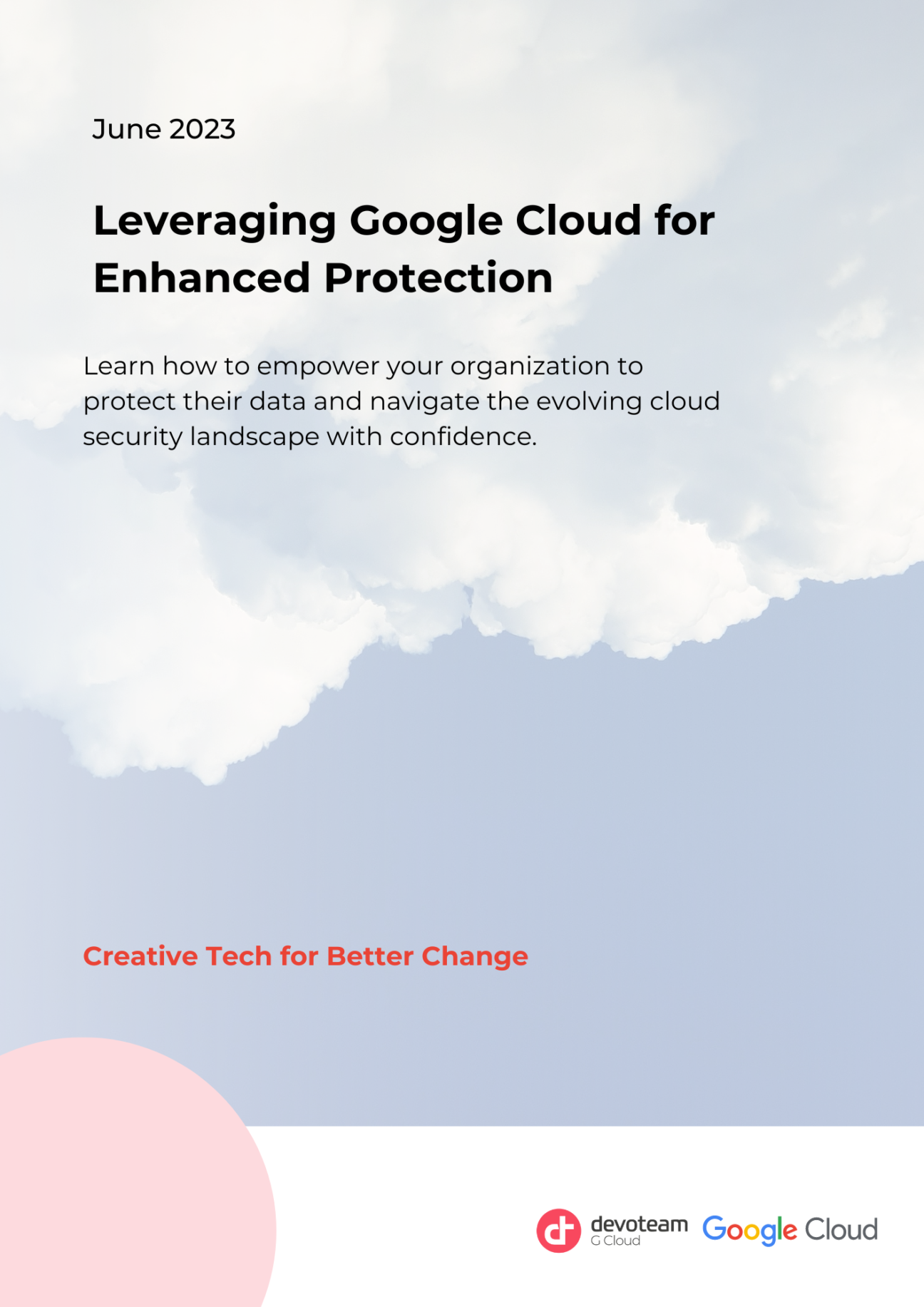As more and more businesses move to the cloud, to ensure the security of the assets and resources migrated to cloud environments. Google Cloud Platform (GCP) provides a robust security framework that adheres to the National Institute of Standards and Technology (NIST) guidelines. This chapter explores the five main pillars of GCP security and how they can help protect your organisation’s data.
The Five Pillars to Securing Your GCP Environment
Pillar 1: Identify
The first pillar of GCP security is to identify all your resources appropriately. As a security professional, you need tools and knowledge of your environment to identify vulnerabilities, problems, threats, and incidents. That means knowing all your assets and your company’s interests inside the cloud. You cannot protect your environment if you don’t identify all your resources correctly. It is crucial to understand your environment to implement proper security measures.
Pillar 2: Protect
The next pillar of GCP security is to protect your data. It involves ensuring access control, encryption, and preventing data leaks. Access control means limiting access to your data to authorised personnel only. Encryption involves obfuscating data to make it unreadable for unauthorised users. Preventing data leaks involves implementing proper security measures to ensure that your data is not exposed or leaked outside your organisation.
Pillar 3: Detect
The third pillar of GCP security is to detect vulnerabilities and threats in your environment. Here Security Operations come into play. Detecting vulnerabilities and threats involves using various tools and processes to identify security breaches and incidents. Google provides different security tools, such as Security Command Center, that help detect and alert you to potential security breaches in your environment. Use these tools to detect and respond to security threats as quickly as possible.
Pillar 4: Respond
The fourth pillar of GCP security is to respond to security incidents promptly. Implement a response plan to limit the impact of a security incident. Google provides various solutions and best practices to help you respond to security incidents, such as automatic remediation processes and Incident Response playbooks. Have a response plan to limit the impact of a security incident on your organisation.
Pillar 5: Recover
The final pillar of GCP security is to recover from a security incident. Even with the best security measures in place, incidents can still occur. In such cases, it’s essential to have proper backups and recovery processes in place to ensure that your organisation can continue its activities. Google provides various tools, such as Backup and Restore and Disaster Recovery, to help you recover from a security incident.
In addition to the five main pillars of GCP security, Google provides various tools to help secure your environment. These tools include encryption KMS, Cloud Armor, Cloud DLP (Data Loss Prevention), Security Assessment Accelerator (SAA), IAM (Identity and Access Management) for access control and more. Google also provides agnostic solutions that integrate natively with GCP tools to enhance security postures, such as Chronicle SIEM, Chronicle SOAR, Virus Total, Mandiant and BeyondCorp Enterprise.
